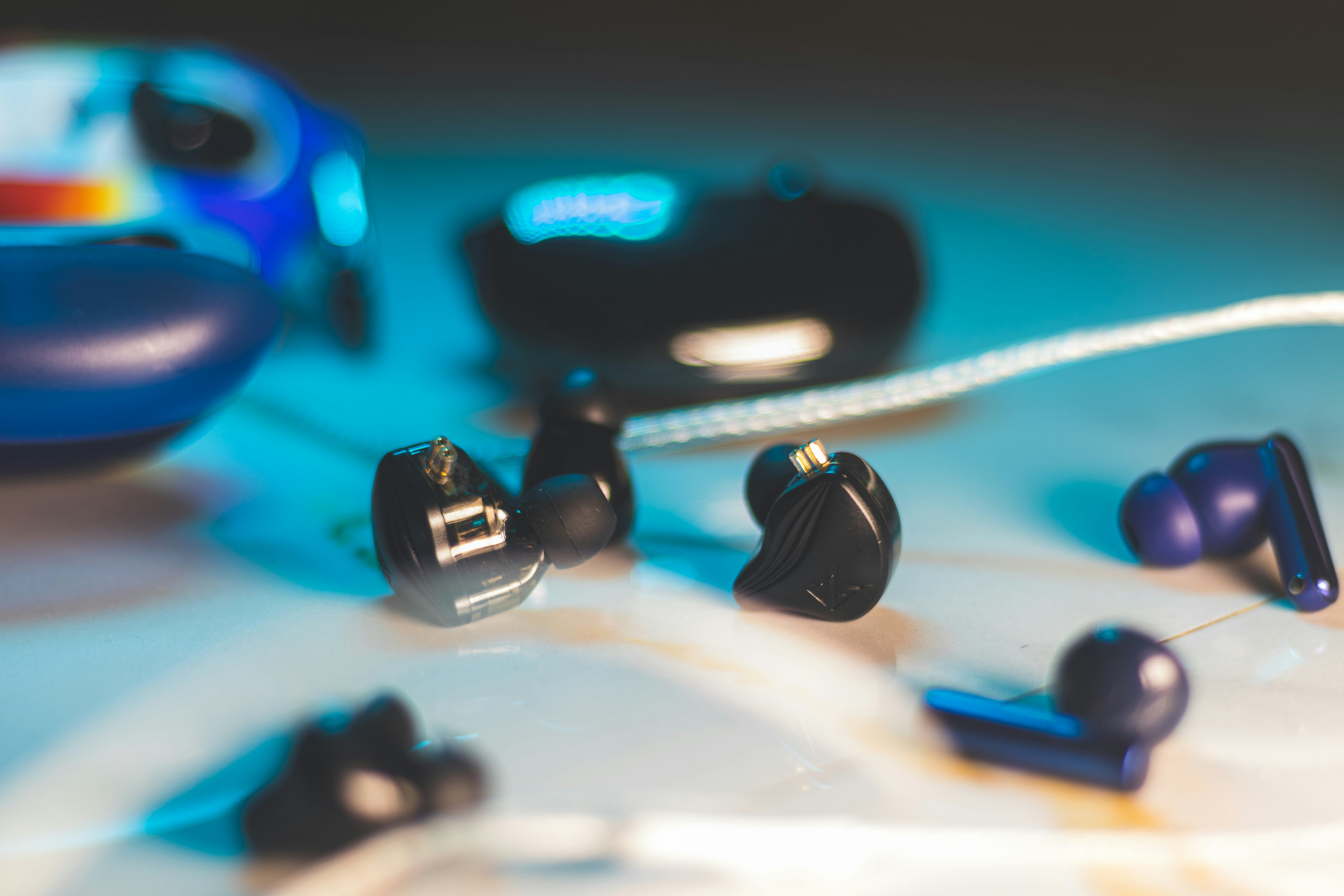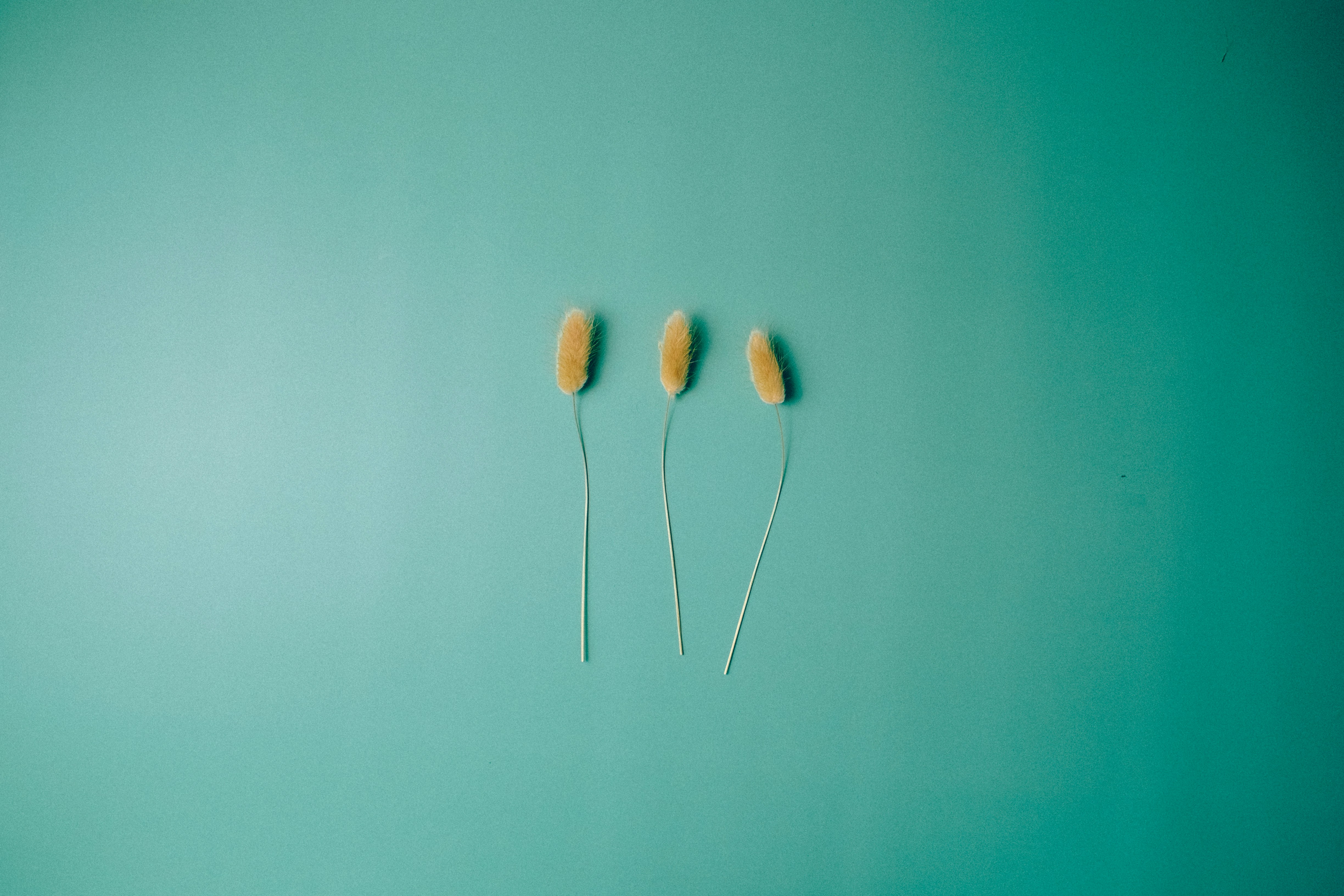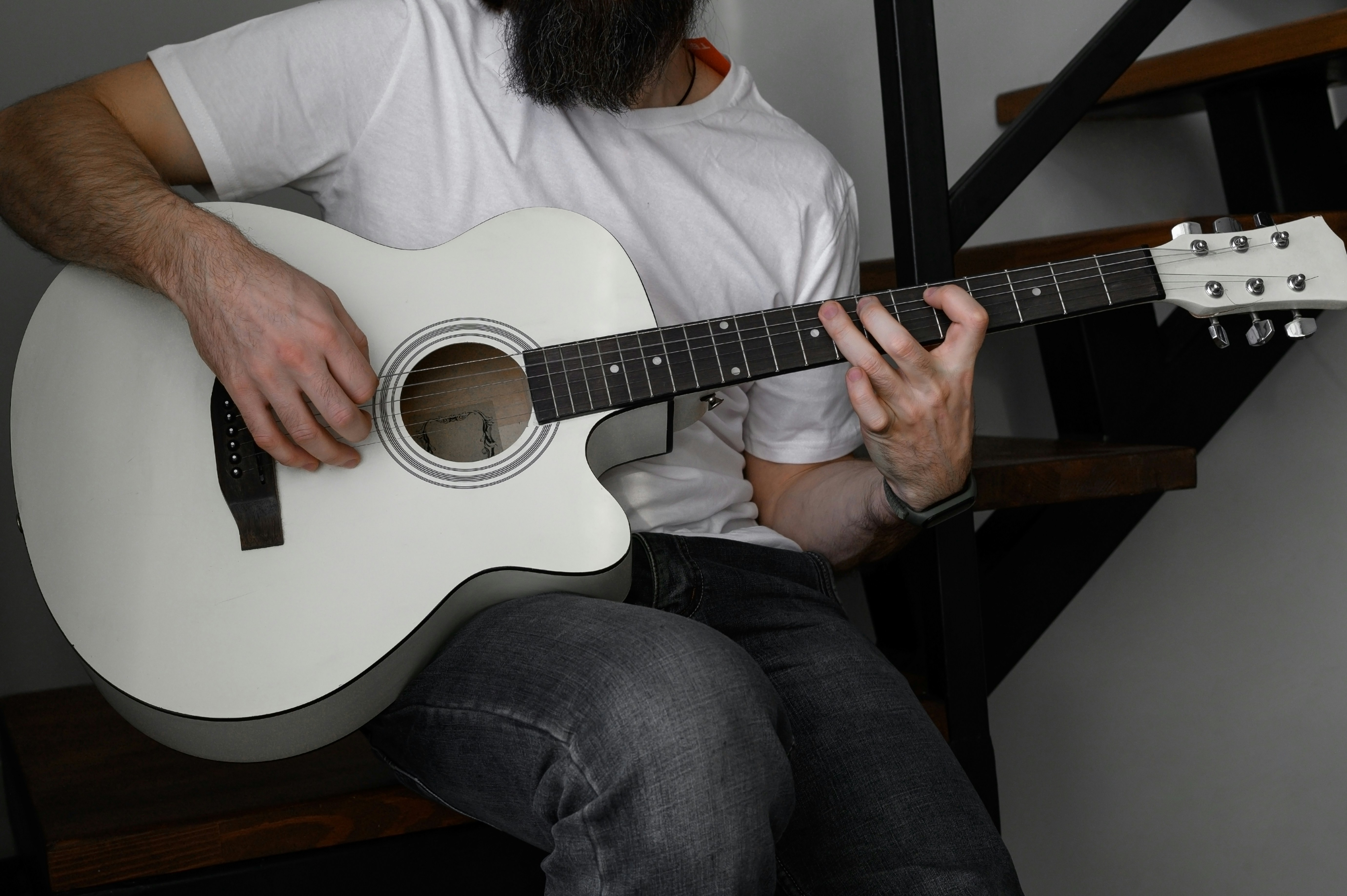If music sounds thin, harsh, or oddly squashed through your hearing aids, you’re not picky—you’re perceptive. Most hearing aids are tuned to make speech clear and safe in everyday life. Music asks for something different: richer bass, wider dynamics, and fewer algorithms that can distort tone. The good news? With a few smart tweaks and a purposeful fitting, you can bring back the warmth, punch, and sparkle you remember—without putting your hearing at risk.
Why Music Can Sound “Off” Through Hearing Aids
Hearing aids excel at speech. Music pushes them in ways speech doesn’t. Here’s what typically gets in the way:
- Speech-first processing: Noise reduction, aggressive compression, and directionality are great for conversation in noise. On music, they can flatten dynamics, smear transients (like drum hits), or dull reverberation.
- Dynamic range squeeze: Music swings from whisper-quiet to thunder-loud. If compression is too strong (or attack/release too fast), instruments pump and vocals lose nuance.
- Feedback cancellation artifacts: Feedback managers that continuously adapt can misinterpret sustained notes (violin, organ) as feedback and warble or detune the sound.
- Frequency lowering: Features that shift high pitches down to make soft consonants audible can make cymbals, strings, and harmonics sound buzzy or “off.”
- Microphone placement and vents: Tiny mics behind the ear catch wind. Open domes leak bass; closed domes or custom molds boost low end but can feel occluding if not vented thoughtfully.
- Streaming and codecs: Bluetooth streaming is convenient but may limit bandwidth, and adds latency you’ll notice if you’re playing along with a live instrument.
None of this means you can’t love music again. It means you’ll benefit from a dedicated approach.
Quick Wins You Can Try Today
Before you schedule a fitting, experiment with these simple steps:
- Find or add a Music program: Many hearing aids include one. It typically reduces noise reduction and directionality, and relaxes compression.
- Turn off (or reduce) frequency lowering for music: If your app allows, disable it in the Music program. This often restores cymbal shimmer and string harmonics.
- Switch to omnidirectional microphones: Directionality can narrow the soundstage. Omnidirectional preserves room ambience and stereo image.
- Start at a slightly lower volume: Give yourself headroom. Music has peaks that can trigger limiters if you start too loud.
- Use the app equalizer sparingly: Small tweaks (e.g., +2 dB bass, −1 dB treble) can help. Big boosts invite distortion.
- Choose the right ear coupling: If music sounds thin, try more occluding domes or custom molds to improve bass. If your own voice booms, ask your audiologist about a larger vent or tuned venting to balance bass with comfort.
- For live listening, skip hats/hoods and face the music: Reduce wind across the mics and give them a clean line of sight to speakers or the stage.
- If you play an instrument, avoid streaming your backing track while playing: Latency can throw off your timing. Use speakers in the room instead.
- Protect your ears at loud shows: Carry musician earplugs (flat attenuation). If in doubt, step back from speakers.
Work With Your Audiologist: A Music-Focused Fitting Checklist
A music-oriented fitting differs from a speech-first fitting. Bring your favorite tracks on your phone, and if you’re a musician, bring your instrument or recordings of you playing. Ask for these specifics:
Build a Dedicated Music Program
- Compression: Reduce overall compression ratio; lengthen attack/release times to avoid pumping. Aim for a more linear response, especially in mid and high frequencies.
- Feedback management: Use a stable (non-adaptive) setting if available, or reduce adaptation speed to minimize warbling on sustained notes.
- Frequency lowering: Turn off or set conservatively for music. Re-enable for speech programs if needed.
- Noise reduction: Minimal to off for music. It can smear reverb tails and soften transients.
- Microphone mode: Omnidirectional for natural ambience. Consider a second Music program with fixed directional mics for noisy clubs where you want to face the stage.
- Bandwidth: Open up high-frequency bandwidth to the device’s limit and ensure low-frequency gain is not overly restricted.
- Input handling: Confirm the hearing aids accept high input levels without clipping (many modern devices have extended input dynamic range). If your brand offers a “live music” input mode, enable it.
- Real-ear verification for music targets: While speech targets are standard, your audiologist can still verify the Music program meets safe, comfortable output with representative music samples.
Live Music vs. Streaming
- Live listening: Request a program optimized for microphones. If you sing or play, ask about a slightly reduced high-frequency gain to tame mic hiss and sibilance, and ensure feedback control is stable.
- Streaming: Many apps allow a separate EQ for streamed audio. Start flat, then gently add bass if music feels thin. Avoid large treble boosts that accentuate codec artifacts.
- Latency: If you’re practicing with a metronome or backing track, avoid streaming directly to your hearing aids; listen through room speakers or wired earbuds (with your aids removed) to stay in sync. For performance, rely on stage monitors or loop/FM systems instead of Bluetooth.
If You’re a Musician
- Singers: Ask for careful control of 2–5 kHz gain to keep sibilants natural. Consider a slightly more occluding fit for better pitch feedback from bone conduction without excessive occlusion.
- Guitarists/strings: Sustained notes can trigger feedback managers—test bends and vibrato during the fitting. Request stable feedback control and verify no warble.
- Pianists/keyboardists: Fast transients reveal compression artifacts. Favor slower compression and minimal noise reduction to preserve attack.
- Drummers/brass: You create high peaks. Start with overall gain lower to leave headroom and add musician earplugs for rehearsals and gigs to protect hearing while monitoring through your aids or monitors.
Gear That Helps Music Shine
- Custom earmolds (music-friendly venting): Compared to open domes, custom molds improve bass and stability. Ask for vent sizes that balance low-end richness with your tolerance for own-voice loudness.
- Remote microphones for small ensembles: A clip-on or table mic placed near the source can improve clarity at lower volumes. Great for acoustic sessions and choir rehearsals.
- TV/Audio streamers at home: Manufacturer TV connectors offer stable, stereo streaming with less compression than phone calls—ideal for enjoying concerts and movies without blasting room speakers.
- Drying kit: Moisture dulls microphones and corrodes receivers over time. A nightly dehumidifier or electronic drying box keeps performance consistent.
- Musician earplugs: Flat-attenuation filters (e.g., −9, −15, −25 dB) preserve tone while lowering risk. Keep a pair on your keychain or in your case.
Protect Your Ears Without Losing the Vibe
Great music at unsafe volumes can accelerate hearing loss and tinnitus. You don’t have to choose between joy and safety:
- Know your levels: If you need to shout to be heard at arm’s length, it’s likely above safe levels. Step back from speakers and take breaks.
- Use musician earplugs in loud venues: They keep the sound balanced—just quieter—so you can still enjoy the mix.
- Set your Music program with safety margins: Ask your audiologist to verify that peaks remain within safe output limits for your hearing profile.
- Bring protection to festivals: Even if you plan to rely on your hearing aids, carry earplugs for unexpectedly loud sets.
Troubleshooting: Fast Fixes for Common Annoyances
- Harsh cymbals or hiss: Nudge treble down a notch in the Music program or app EQ. Confirm frequency lowering is off for music.
- Boomy bass: Try slightly larger vents or reduce low-frequency gain in the Music program.
- Warbling on sustained notes: Ask to switch feedback management to a less adaptive mode in the Music program.
- Wind noise outdoors: Use the wind block setting only if it doesn’t dull tone; angling your head or using a cap with open sides can also help. For serious cycling, consider mic covers or windshields recommended by your clinic.
- Whistling when cupping an instrument or hugging: More secure molds and careful venting reduce feedback. Your audiologist can retune gain/feedback settings.
- Timing feels off when practicing: Avoid Bluetooth streaming for playalong; use speakers in the room. If you must stream, expect a delay and adjust practice accordingly.
A Realistic—But Hopeful—Note
Hearing aids won’t recreate the exact cochlear mechanics you had at 20. Still, with a dedicated Music program, the right ear coupling, and mindful protection, most people rediscover the emotion and nuance they’ve been missing. The difference between “eh” and “wow” often comes down to a 30–60 minute music-focused fitting and a few small habit changes.
If music matters to you (or it’s your livelihood), tell your audiologist. Bring songs that challenge your aids. Ask for a side-by-side listen between programs. Your ears—and your art—are worth that extra attention.
When to Get Professional Help
- If you can’t find a Music program or your app won’t let you adjust the right features.
- If live music sounds distorted or you notice warbling, pumping, or sudden volume dips.
- If you perform regularly and need a reliable, safe monitor setup.
An audiologist with music experience can tailor settings, vents, and accessories to your ears and your sound. Consider asking your clinic if they do in-clinic “music fittings.”
Frequently Asked Questions
Why does music sound great through headphones but not through my hearing aids?
Headphones deliver a wide bandwidth signal directly to your ears without hearing aid processing. Hearing aids are optimized for speech, using compression, noise reduction, and feedback control that can alter music’s dynamics and harmonics. A dedicated Music program with relaxed processing and proper ear coupling usually narrows the gap.
Is it safe to wear hearing aids at concerts?
It depends on the volume. Hearing aids don’t function as hearing protection unless specifically set up to limit input and output safely—and even then, very loud shows can exceed safe exposure. Carry musician earplugs for loud venues and use your Music program at conservative volumes. If you’re unsure, step back from speakers and take listening breaks.
Should I stream music directly to my hearing aids or listen through speakers?
For casual listening at home, streaming can sound excellent with a bit of EQ. If you’re playing along or practicing, listen through room speakers to avoid Bluetooth latency that can throw off your timing. For the best fidelity at home, consider your hearing aid brand’s TV/audio streamer accessory.
Can my audiologist really make music sound better, or is this just how hearing aids are?
A music-focused fitting can make a big difference. Adjustments like relaxing compression, opening bandwidth, using stable feedback control, and optimizing ear coupling often restore warmth, punch, and clarity. Bring example tracks and describe what feels off—harsh, thin, boomy—so your audiologist can target the right changes.
References
- Mayo Clinic: Hearing aids — How to choose the right one
- CDC/NIOSH: Understanding Noise Exposure
- World Health Organization: Make Listening Safe



